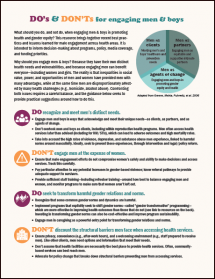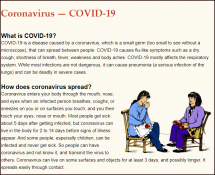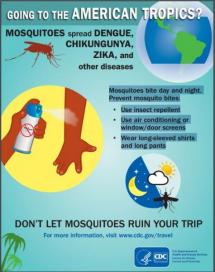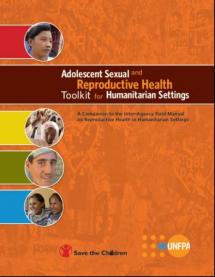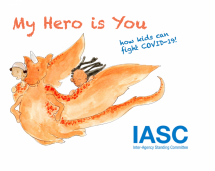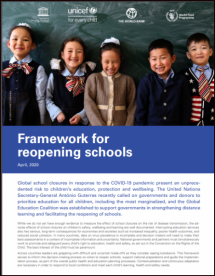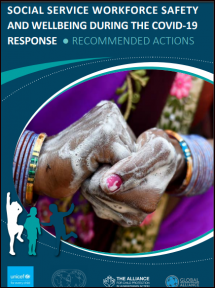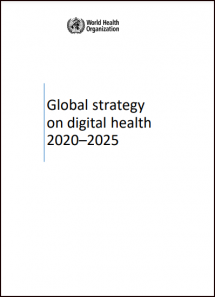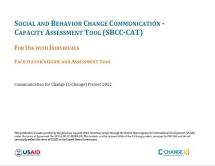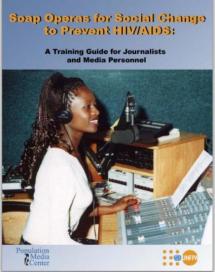Soap Operas for Social Change to Prevent HIV/AIDS [Guide]
This guide is designed to be used by journalists and media personnel to plan and execute the production and broadcast of Entertainment Education serial dramas for HIV/AIDS prevention, especially among women and girls. This is part of a strategy by the United Nations Population Fund (UNFPA)to reinforce the capacities of journalists at the country level to prepare them to be informed agents of gender- and culturally-sensitive HIV prevention programs.
This guide is meant to serve as a reference tool during training workshops for journalists and media personnel, and other institutions interested in reinforcing the capacities of journalists to convey effective messages on HIV/AIDS prevention.
The guide seeks to familiarize journalists and media personnel with the methodology for social change of the famous social drama specialist Miguel Sabido of Mexico, using entertainment-education format serial dramas broadcast over mass media channels (such as radio and television).
The guide includes sections on:
- How the Sabido Methodology differs from other forms of Entertainment-Education.
- Steps in the Development of a Sabido-Style Drama
- Formative Research
- The Issues List, Moral Framework and Values Grid
- Advisory Committee and Technical Review Committee
- Training of Producer and Scriptwriters
- Pre-Testing of Pilot Episodes
- Writing and Production
- Monitoring
- Summative Research (Impact Evaluation)
Last modified: August 5, 2021
Language: English, French, Spanish

